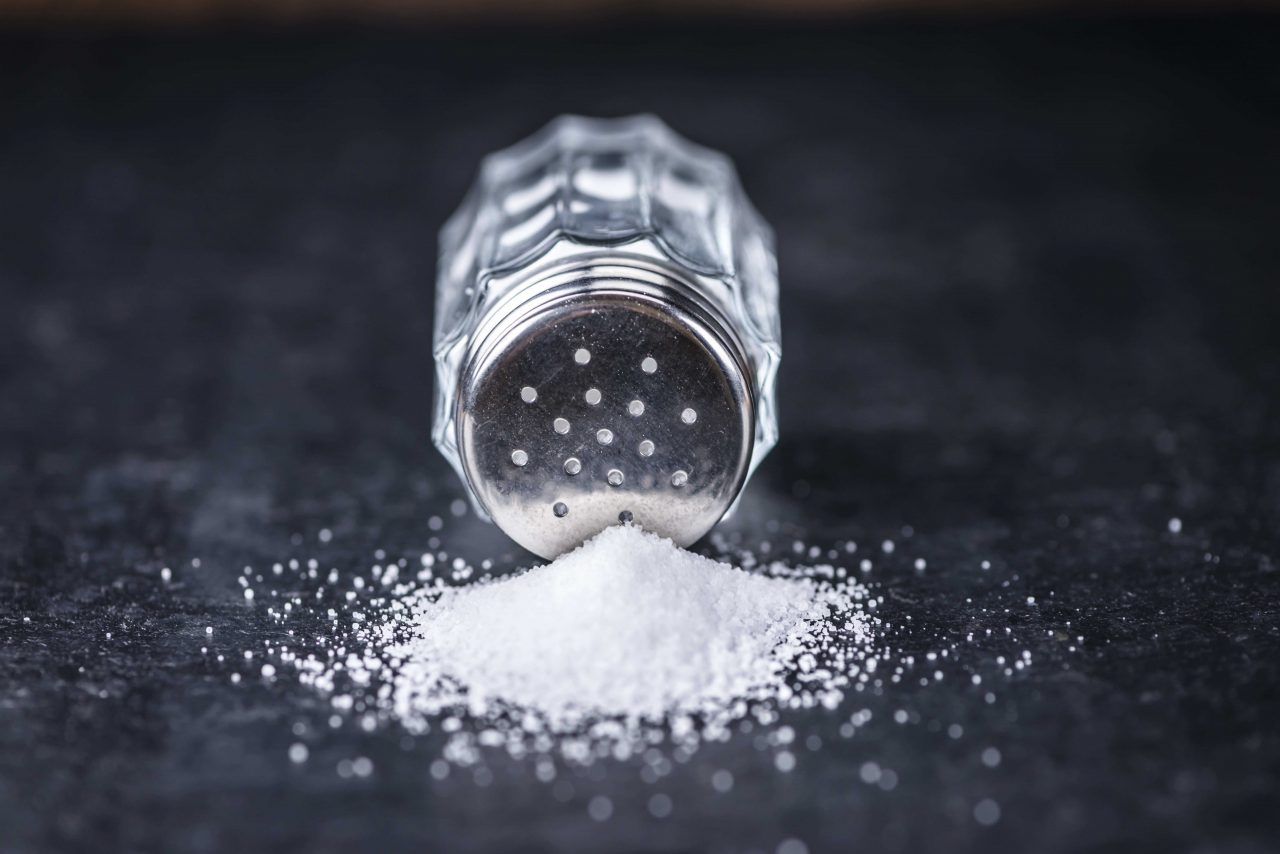Q. I have high blood pressure and I'm trying to cut down on the sodium in my diet. Should I switch to sea salt from regular table salt?
Sea salt is made from evaporating sea water. Table salt comes from underground mines.
Sea salt sounds healthier, doesn't it? It evokes lots of images of crashing surf, tanned bodies, marlin jumping out of the water. How bad can it be?
Sea salt and table salt contain the same amount of sodium chloride. Switching won't help you with your high blood pressure. But you're on the right track.
The USDA recommends that healthy adults limit their sodium intake to less than 2,400 milligrams of sodium per day. High-risk individuals, such as African Americans, those with high blood pressure, existing heart disease, diabetes or kidney disease or those over the age of 51 should limit their sodium intake even further to 1,500 milligrams per day. The American Heart Association notes that if Americans cut their sodium intake to 1,500 milligrams per day, cases of high blood pressure would decrease by 26 percent.
About 9 out of 10 Americans consume too much sodium. Americans on average consume 3,436 mg sodium daily.
High-sodium diets are linked to increased blood pressure and a greater risk for heart disease and stroke. Reducing the amount of sodium you consume can help lower blood pressure or prevent it from developing. Less sodium also makes blood-pressure medications more efficient.
Table salt (sodium chloride) is not the only problem. The main sources of sodium in the average U.S. diet are: 5 percent added while cooking, 6 percent added while eating, 12 percent from natural sources and 77 percent from processed foods.
So, focusing on those prepared and packaged foods is the most effective way to cut down on sodium. When you buy these foods, read the Nutritional Facts panel for the amount of sodium. Some products also include sodium terms.
Here's what these terms mean: sodium-free, less than 5 mg per serving; very low-sodium, 35 mg or less per serving; low-sodium,140 mg or less per serving; reduced sodium, 25 percent less sodium than usual; lite or light in sodium, 50 percent less sodium than the regular version; unsalted, no salt added or without added salt, contains only the sodium that's a natural part of the food.
Most of the body's sodium is in blood and other fluids. Sodium helps keep fluids in a normal balance and helps maintain normal nerve and muscle function. The body gets sodium through eating and drinking and loses it by sweating and urinating. Healthy kidneys maintain a consistent level of sodium in the body by adjusting the amount excreted in the urine.
Seniors have to be especially careful about sodium consumption because their bodies can't handle it as well as they did when they were younger. Here are some reasons:
- Kidneys may not work as well as they did.
- As we age, we are not as sensitive to thirst and may not drink fluids when we need them.
- About 45 percent of body weight is fluid in healthy older people, compared with 60 percent in younger people. Even a slight loss of fluid and sodium in a senior can cause health problems.
- Some older people have physical problems that prevent them from getting something to drink.









